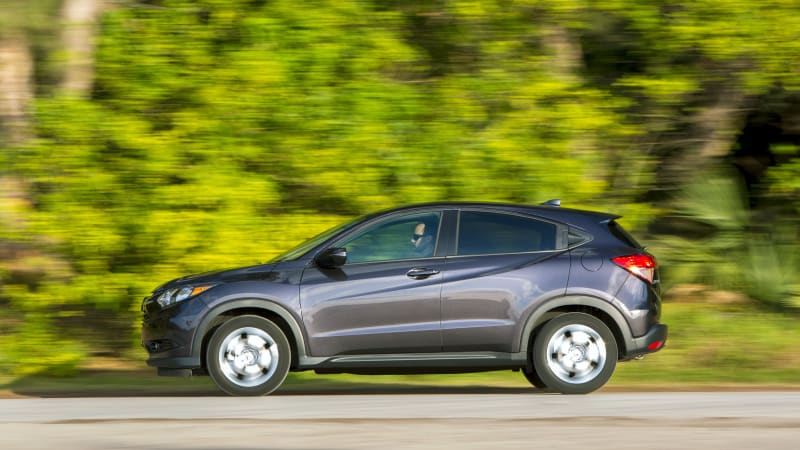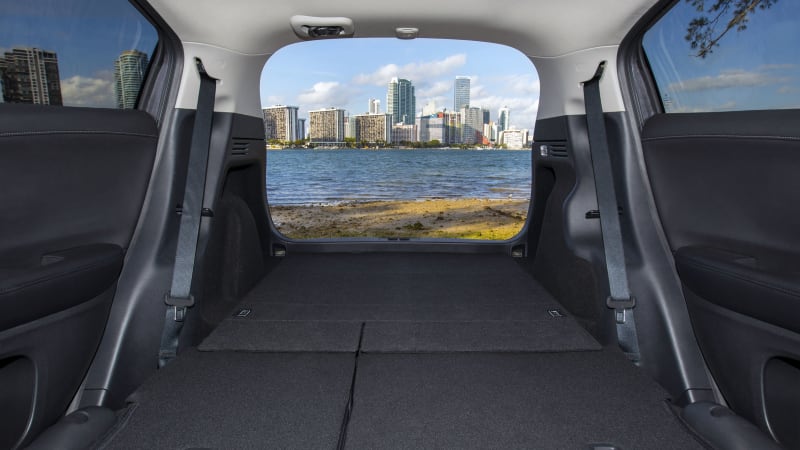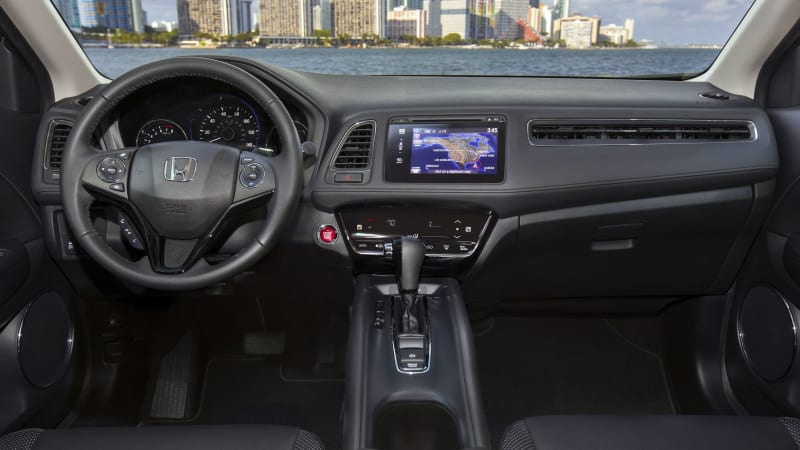Is the 2018 Honda HR-V safe?
In its crash-test ratings, the National Highway Traffic Safety Administration gives the 2018 HR-V an overall rating of five stars, the highest possible. The HR-V gets four stars for protecting passengers in frontal crashes, five stars in side crashes and four of five stars for rollover crashes.
Over at the Insurance Institute for Highway Safety, which puts cars through its own bevy of smash-'em-up tests, the 2018 HR-V earns only an "acceptable" rating on its small-overlap driver-side test (it wasn't rated for passenger-side protection, one of IIHS' newer tests). IIHS gives the compact crossover "good" ratings on most of the other crash tests — moderate front overlap, roof strength, etc. Headlights, a new area of scrutiny, earn a "poor" rating, while the child-seat LATCH anchor ease of use are rated "marginal."


How reliable is the Honda HR-V?
J.D. Power gives the 2018 Honda HR-V two out of five stars for both overall quality and overall performance and design.
Its survey of Initial Quality Study data gives high marks to the crossover's powertrain and its features and accessories such as its navigation and HVAC system, but lower marks for things like the design of interior and body elements and ease of operating certain controls.

How much interior and cargo room is inside the Honda HR-V?
Front-seat headroom in the HR-V tops out at 39.5 inches in the LX model and drops to 37.6 inches in the EX and EX-L-Navi. It's the same in the back seats across all trim levels, at 38.3 inches. Leg room is the same across all models: 41.2 inches up front and 39.3 in the rear. Cargo volume is the same across all trim levels: 24.3 cubic feet with the rear seat up, and 58.8 cubic feet with it folded flat.
By comparison, cargo volume is much smaller in the Jeep Renegade, another popular compact crossover. It offers 18.5 cubic feet with the rear seats up, and 50.8 folded down.
What are the Honda HR-V's engine specs and horsepower?
Honda offers a 1.8-liter inline-four-cylinder as the lone option powering the HR-V. It makes 141 horsepower and 127 pound-feet of torque.

What is fuel economy like in the 2018 Honda HR-V?
Fuel economy tops out in front-wheel-drive models equipped with Honda's continuously variable transmission. Those versions get 28 miles per gallon in the city, 34 on the highway and 31 combined.
Going with an all-wheel-drive version knocks those figures down a bit, to 27 mpg city, 31 highway and 29 combined.
Want your HR-V equipped with a manual transmission? That version delivers 25 mpg in the city, 33 on the highway and 28 combined.
How much does the Honda HR-V cost?
The 2018 Honda HR-V starts at $20,665 for the LX trim, while the Touring model climbs from $26,135. Both prices include Honda's $995 destination charge.
Comments
Post a Comment
Wish to leave a message?